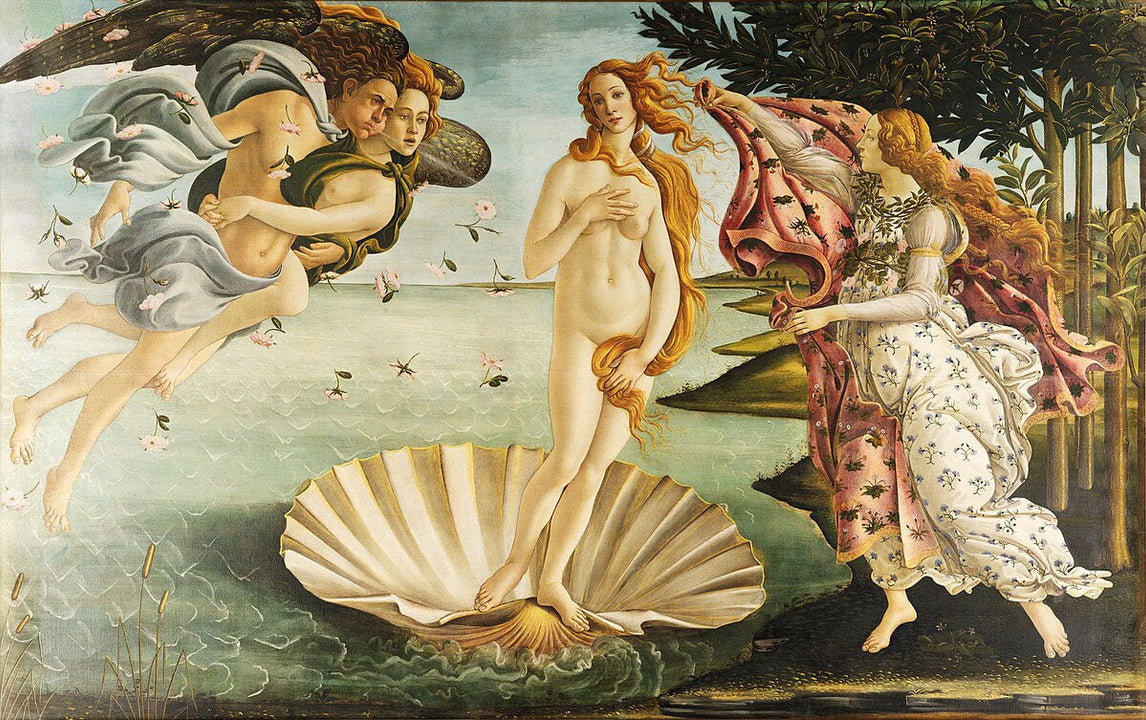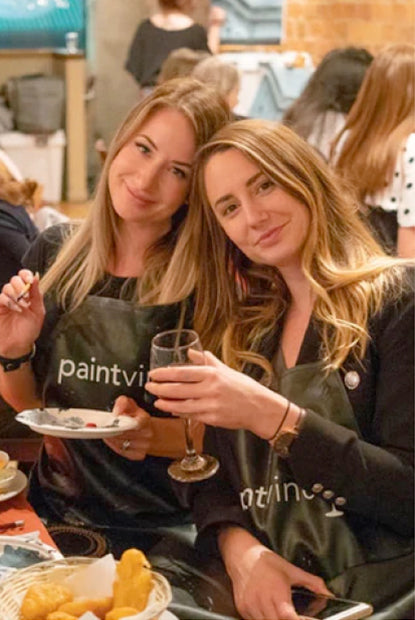
When we think of paint, we tend to picture the colours - vivid blues, deep reds, and luminous greens - but have you ever thought about what actually holds those colours together?
Binder is the ingredient that holds pigment particles together and helps them stick to a surface. Before modern paints came in tidy little tubes, artists relied on natural materials from the kitchen and garden to bind their pigments. And among the most surprisingly effective? Eggs, honey, and oil.
Painting with Eggs: The Art of Tempera
For centuries, artists turned to egg yolk to create one of the most enduring paint mediums in history: egg tempera. This technique dates back to antiquity and became the go-to method across medieval Europe and the early Renaissance.
To make tempera, ground pigments were mixed with fresh egg yolk and a splash of water, producing a silky, quick-drying paint with a matte finish. Artists applied it in delicate, translucent layers, building up rich colour and fine detail with remarkable precision.
Because egg yolk spoils quickly, paint had to be mixed fresh each day - and used just as quickly. It was a meticulous, time-consuming process that required patience and skill, but the results were worth it.
Though it might sound fragile, egg tempera is surprisingly stable over time. Unlike oil paint, which can yellow and crack with age, tempera resists discolouration and remains vibrant for centuries. The key lies in the surface: it must be applied to a rigid support - usually a wooden panel - since the dried paint film is brittle and prone to cracking if flexed. But when prepared properly? It’s practically time-proof. Many early Italian masterpieces, including Botticelli’s Birth of Venus (pictured), still shine today thanks to this golden binder.
Sweetening the Deal: Honey in Watercolour
In watercolour painting, especially in earlier centuries, artists had another secret ingredient: honey.
Honey is a natural humectant, meaning it helps retain moisture. That means paints don’t dry out on the palette as quickly - an enormous help when painting in hot or dry conditions. Honey also acts as a natural preservative, helping extend the shelf life of watercolour cakes or pans.
And here’s something you might not expect: honey improves the flexibility of traditional binders like gum arabic. By keeping the dried paint slightly more supple, it helps prevent cracking - especially on paper, which naturally expands and contracts with humidity.
This sweet solution has been used from ancient Egyptian manuscripts to French 18th-century palettes, and it remains a key ingredient in some traditional and artisanal watercolours to this day.
Enter the Oils: A Smoother Finish
Then came the game-changer: oil painting. While oil-based paints had existed in various forms since antiquity (used in Buddhist cave paintings in Afghanistan as early as the 7th century), the technique truly took hold in 15th-century Northern Europe, thanks in part to artists like Jan van Eyck.
By mixing pigments with oils like linseed or walnut, painters could create richly coloured, slow-drying paints that allowed for blending, glazing, and much more realistic effects. Oil gave artists the ability to rework areas, create soft shadows, and build up depth and texture that simply weren’t possible with the quick-drying tempera.
The slower drying time also meant larger, more ambitious canvases were possible - freeing artists from the confines of wooden panels. By the time of Leonardo da Vinci and Caravaggio, oil had become the dominant medium across Europe.
From Coop to Canvas
It’s fascinating to think that eggs, honey, and oil - everyday kitchen staples - shaped the look and longevity of some of the world’s most iconic artworks. These natural binders weren’t just what held the pigment together; they were part of what gave the work its texture, luminosity, and life.
So next time you swirl your brush into paint at a Paintvine session, remember: before acrylics and easy-clean palettes, artists were literally mixing breakfast with brilliance.
Image Credit: Sandro Botticelli, The Birth of Venus, circa 1485. Sandro Botticelli - La nascita di Venere - Google Art Project - edited.jpg from Wikimedia Commons. Public Domain. No edits made.

